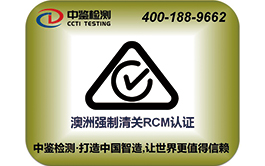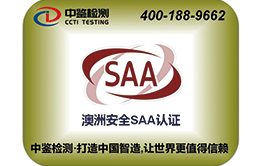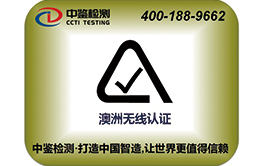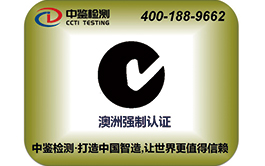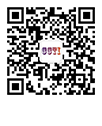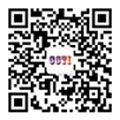SERVICE
Energy efficiency GEMS certification
First, MEPS energy efficiency certification profile
MEPS is the Minimum Energy Performance Standards and is Australia's minimum energy performance standard. The energy consumption performance of electronic and electrical products is getting more and more attention from ordinary consumers. The world has the requirements for energy consumption of electronic and electrical products. The Australian government issued the new standard AS/NZS4665 in 2005. The standard is divided into two parts. : Part I Part I: AS/NZS 4665.1:2005, specifies the test methods for evaluating the minimum energy performance of external Power Supplies suppliers and the requirements for test equipment; and also sets relevant levels for energy efficiency marking; Part II: Part II: AS/NZS 4665.2:2005, specifies the minimum energy performance standard (MEPS) for external power supplies. From October 1, 2008, external power products sold to Australia/New Zealand must meet MEPS requirements. The Australian government's energy requirements include both energy labeling and minimum energy consumption (MEPS).
Second, MEPS energy efficiency certification mark
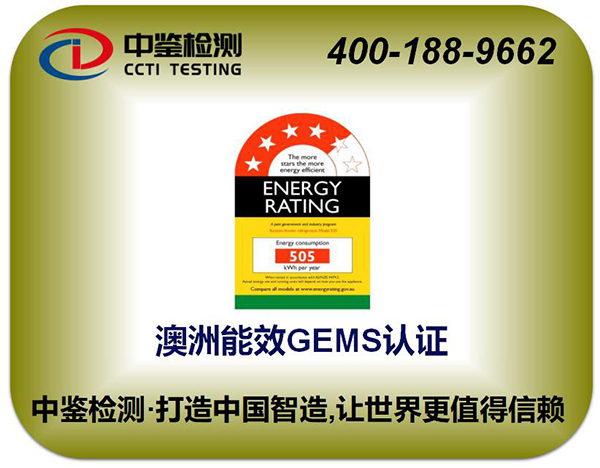
Third, MEPS energy efficiency certification label
1. Introduction to MEPS energy efficiency label
The Energy Rating label is a comparative logo. The label graphic (shown below) contains a rectangular base and a semicircle at the top of the base. The semicircle is a "dial" pattern that identifies the star rating. The semicircle of the dial is marked with six stars and is arranged clockwise along the dial. The more stars, the higher the energy efficiency and the lower the running cost. The middle of the base is digitally identified by the annual (or hourly) estimated power consumption (washing water consumption) of the appliance under "normal" service conditions, ie CEC.
2. MEPS energy efficiency label features
(1) The star rating gives a visual description of the energy efficiency level of the model. The higher the star rating, the higher the efficiency;
(2) The energy consumption value gives an estimate of the annual power consumption of the appliance based on the energy consumption test and typical usage information of the household appliance;
(3) The energy rating labels for different products are slightly different.
3. Use of MEPS energy efficiency labels
(1) Location: The label is posted on the front or suspension of the product, and the air conditioner label can be hung on the outer surface of the package;
(2) The material and shape of the label: self-adhesive, the label of the suspension is different from the durable card, shape and size of various product standards, and should be made according to the standard regulations;
(3) Color: The various color standards on the label are clearly defined.
Fourth, MEPS energy efficiency certification product range
1. The following electronic products are mandatory to be sold with an energy label:
(1) Refrigerator and ice machine
(2) washing machine
(3) Dryer
(4) Dishwasher
(5) Air conditioning (single-phase forced, three-phase voluntary)
2. The following products are also subject to control according to the Minimum Energy Consumption Standard (MEPS), which sets the minimum energy consumption level:
(1) Refrigerators and ice machines (implemented on October 1, 1999, revised on January 1, 2005)
(2) Main pressure storage type electric water heater (executed from October 1, 1999)
(3) Small main pressure storage type electric water heater (<80L) and low pressure heat exchange type (executed from October 1, 2005) (Refer to the limits and test methods in AGO)
(4) Three-phase motor (0.73 kW to <185 kW) (implemented on October 1, 2001, revised in April 2006)
(5) Single-phase air conditioning (implemented on October 1, 2004, revised in 2006, 2007 and April 1, 2008)
(6) Three-phase air conditioner with a cooling power of 65 kW (implemented on October 1, 2001, revised on October 1, 2007)
(7) Straight tube fluorescent lamp ballast (from 1 March 2003), note that in addition to MEPS, the ballast also needs to indicate the performance index (EEI)
(8) Straight tube fluorescent lamps – containing 550 mm to 1500 mm and lighting power greater than 16 watts (executed from October 1, 2004)
(9) Distribution transformers – 11 kV and 22 kV grades from 10 kA to 2.5 MVA (executed from October 1, 2004)
(10) Commercial refrigerators (self-provided and remote control systems) (executed on October 1, 2004)
3. Although the following products have not been included in the mandatory management catalogue, in the near future, they must also comply with the energy consumption regulations and obtain certification, and some of the product execution dates have been determined.
(1) External power supply (executed from October 1, 2008)
(2) Set-top box (executed from October 1, 2008)
(3) TV
(4) Home entertainment equipment: (audio and video equipment) (executed from October 1, 2008)
(5) hot and cold water dispenser
(6) Vending machine
(7) Commercial ice machine
(8) Lamp series
Fifth, MEPS energy efficiency certification instructions
MEPS is the Australian energy efficiency rating. In the mid-1970s, Australia's two largest states, NSW (NSW) and Victoria (Victoria), proposed a proposal to implement an energy labeling system, but it was not until 1986 that enforcement was imposed. Sexual identification system. In 1992, five states and one territory agreed to implement the mandatory labeling system; in 2000, the mandatory marking system was implemented nationwide. Currently in Australia, refrigerators, freezers, washing machines, clothes dryers, dishwashers, and single air-conditioners must be affixed with mandatory energy efficiency labels, and three types of gas water heaters, such as gas water heaters, Natural gas products implement voluntary energy efficiency labeling.
Australia's Energy Rating Label system also adopts a self-declaration approach similar to the EU CE mark, but companies should register energy efficiency information for their products with the Australian Greenhouse Gas Office. To ensure the accuracy of the energy efficiency data declared by the manufacturer, the Australian Government implements a government (national) testing program: purchasing electrical appliances from retail sources and sending them to an accredited third-party laboratory for testing. If the test results indicate that the manufacturer made a false statement, it will impose a series of sanctions on each state law and cancel the product registration (cancellation of the product's sales rights). Therefore, the initial inspection test fee is borne by the government, and any subsequent costs to verify or reverse the initial test results are borne by the supplier. In order to encourage manufacturers to continuously improve the energy efficiency of their products, the Australian Government has also set the High Energy Efficiency Honor Award (TESAW), which is an honor system to encourage the highest efficiency star rating products on the market. Currently only electrical and gas products are involved, which can help consumers quickly determine the most efficient products on the market. This honor is updated annually and in order to meet the TESAW Awards, products must meet minimum energy efficiency standards. The manufacturer must also promise that its products meet the conditions for obtaining the award.
Shenzhen CCTI Technology Co., LTD. (English abbreviation: CCTI TEST, Chinese abbreviation: Zhongjian Testing) is an excellent new testing and certification organization, providing high-efficiency electronic and electrical products to Europe, America, Australia, Japan, and other countries for overseas certification and testing certification. The project includes CE certification, ERP certification, ROHS certification, FCC certification, FDA certification, IC certification, SAA certification, C-TICK certification, PSE certification, IP rating certification, SONCAP certification. It can also authorize toy products EN-71, ASTM F-963, EN62115, PAHS, REACH, CCC and other certification projects.
Create China's wisdom and make the world more trustworthy! Zhongjian Testing, focusing on global international certification, is an authoritative testing institution worthy of trust and trust!

